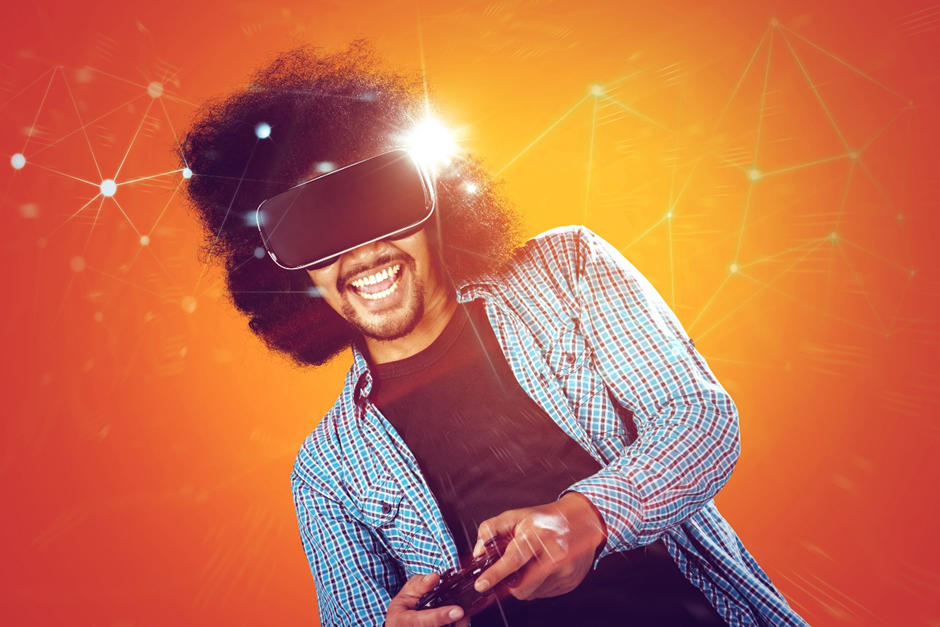In recent years, the intersection of blockchain technology and gaming has given rise to a revolutionary trend: blockchain gaming. This innovative approach leverages non-fungible tokens (NFTs) to create unique in-game assets that players can truly own. Unlike traditional gaming models, where players invest time and money into virtual items that remain locked within the game, blockchain gaming empowers players by allowing them to trade, sell, or even earn real-world value from their digital possessions. As we delve into the world of blockchain gaming, we will explore how NFTs are reshaping in-game economies and redefining the player experience.
Throughout this article, you will discover the fundamental principles of blockchain technology and how they apply to gaming. We will examine the benefits of NFTs, including true ownership, scarcity, and the potential for monetization. Additionally, we will highlight successful case studies of games that have embraced this model, showcasing how they have transformed player engagement and created vibrant in-game economies. Whether you are a gamer, developer, or simply curious about the future of gaming, this exploration will provide valuable insights into the evolving landscape of blockchain gaming.
Join us as we uncover the exciting possibilities that lie ahead in the realm of blockchain gaming. From understanding the mechanics of NFTs to envisioning the future of in-game economies, this article promises to equip you with the knowledge you need to navigate this dynamic and rapidly changing industry. Read on to learn how you can be part of this gaming revolution!
Blockchain technology has revolutionized various industries, and gaming is no exception. The integration of Non-Fungible Tokens (NFTs) into gaming ecosystems is reshaping in-game economies, providing players with true ownership of their digital assets. This article explores the various aspects of how NFTs are transforming the gaming landscape.
The Concept of Digital Ownership
One of the most significant impacts of NFTs in gaming is the concept of digital ownership. Traditionally, players have invested time and money into games, but they never truly owned their in-game assets. With NFTs, players can buy, sell, and trade their items on blockchain platforms, ensuring that they have real ownership. This shift not only enhances the gaming experience but also allows players to monetize their skills and investments.
Digital ownership through NFTs empowers players to have a stake in the game’s economy. For instance, rare items can appreciate in value, creating a secondary market where players can profit from their investments. This new paradigm encourages players to engage more deeply with the game, knowing that their efforts can yield tangible rewards.
Creating Scarcity and Value
NFTs introduce the concept of scarcity in digital assets, which is a crucial factor in determining value. In traditional gaming, items can be duplicated endlessly, leading to inflation and devaluation. However, NFTs are unique and cannot be replicated, which creates a sense of rarity. This scarcity drives demand, allowing players to buy and sell items at varying prices based on their perceived value.
For example, in games like Axie Infinity, players can breed and trade unique creatures, each represented as an NFT. The rarity of certain traits can significantly increase the value of these creatures, leading to a thriving marketplace. This dynamic not only benefits players but also developers, as they can implement mechanisms to create and manage scarcity effectively.
Play-to-Earn Models
The emergence of play-to-earn models is another way NFTs are reshaping in-game economies. These models allow players to earn real-world income by participating in games. Players can earn NFTs through gameplay, which can then be sold or traded for cryptocurrency. This innovative approach has attracted a diverse audience, including those who may not have previously engaged with gaming.
Play-to-earn games like Decentraland and The Sandbox have gained popularity by offering players the opportunity to earn while they play. This model not only incentivizes gameplay but also fosters a sense of community, as players collaborate and compete to enhance their earnings. The financial aspect of gaming is becoming increasingly appealing, making it a viable career option for many.
Decentralized Marketplaces
Decentralized marketplaces are a crucial component of the NFT gaming ecosystem. These platforms allow players to trade their digital assets without the need for intermediaries, ensuring that transactions are secure and transparent. Players can list their NFTs for sale, set their prices, and engage directly with potential buyers.
Platforms like OpenSea and Rarible have become popular venues for trading gaming NFTs. The ability to buy and sell assets in a decentralized manner not only enhances the player experience but also fosters a sense of trust within the community. As more players engage with these marketplaces, the overall economy of the game becomes more robust and dynamic.
Interoperability Between Games
Interoperability is a game-changer in the world of blockchain gaming. NFTs can be designed to be used across multiple games, allowing players to transfer their assets seamlessly. This capability enhances the value of NFTs, as players can utilize their investments in various gaming environments.
For instance, a sword acquired in one game could potentially be used in another, creating a unified gaming experience. This interoperability not only increases the utility of NFTs but also encourages collaboration between game developers, leading to innovative gameplay and richer experiences for players.
Community Engagement and Governance
NFTs are fostering greater community engagement in gaming. Many games are incorporating governance mechanisms that allow players to have a say in the development and direction of the game. By holding specific NFTs, players can vote on important decisions, such as game updates or new features.
This level of involvement creates a sense of ownership and investment in the game’s future. Players are more likely to remain engaged when they feel their opinions matter, leading to a more vibrant and active community. This shift towards community-driven development
| Aspect | Description |
|---|---|
| Introduction to NFTs | Non-fungible tokens (NFTs) are unique digital assets verified using blockchain technology, allowing players to own in-game items. |
| Ownership and Scarcity | NFTs provide true ownership of in-game assets, creating scarcity and value, as players can buy, sell, or trade items freely. |
| Player-driven Economies | In-game economies are now player-driven, with players able to influence market prices and demand for NFTs. |
| Interoperability | NFTs can be used across different games and platforms, enhancing their utility and value beyond a single game. |
| Revenue Models | Game developers can implement new revenue models through NFT sales, royalties on secondary sales, and in-game transactions. |
| Challenges | Issues such as environmental concerns, market volatility, and regulatory scrutiny pose challenges to the adoption of NFTs in gaming. |
| Future Outlook | The integration of NFTs in gaming is expected to grow, with potential for new gameplay experiences and economic opportunities for players. |



